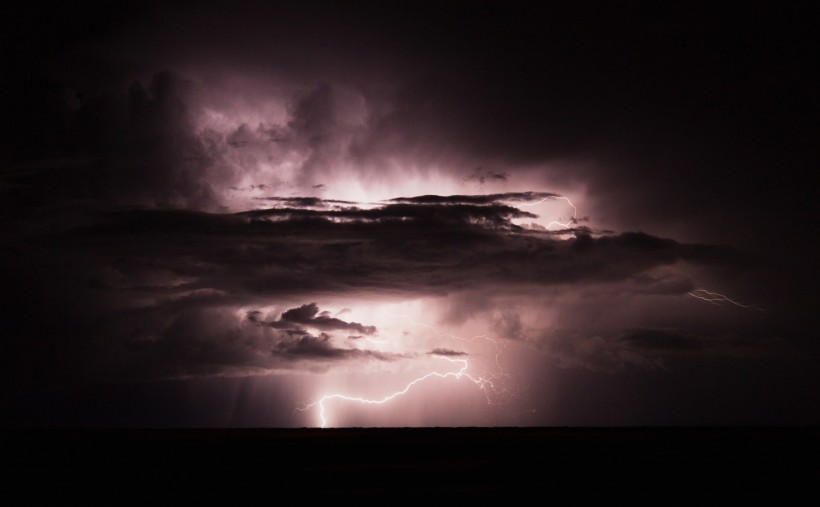A severe thunderstorm warning has been issued by the National Weather Service (NWS) for Tucson, Arizona, this week. The storm will be accompanied by strong winds and can potentially spawn isolated tornadoes, and hail, and result in flooding because of heavy rain. Tucson and other locations such as Littletown, Summit, Sahuarita, Casas Adobes, Oro Valley, Three Points, Vail, Tanque Verde, and Picture Rocks are at risk.
The lingering severe weather threat comes after Arizona, the Southwest United States, and the southern part of the country experience massive heatwaves in recent weeks. In the coming days, Tucson and its surrounding areas could experience inclement weather or 'beneficial rain' that could temporarily address dry conditions.
Severe Thunderstorm Warning

The NWS Office in Tucson issued the severe thunderstorm warning earlier this week. In a post on X, formerly called Twitter, on Tuesday, August 22, the weather service said the warning will include Tucson, Casas Adobes, and Cataline Foothills. There is a threat of powerful winds as the storm will bring wind gusts that can reach up to 70 miles per hour.
Severe Thunderstorm Warning including Tucson AZ, Casas Adobes AZ and Catalina Foothills AZ until 8:00 PM MST. This storm will contain wind gusts to 70 MPH! pic.twitter.com/aghdqMtvGA
— NWS Tucson (@NWSTucson) August 22, 2023
In addition, the NWS forecast shows that penny-sized hail is possible. Overall, the storm may affect more than 900,000 people in the said areas, as well as over 300 schools and 18 hospitals.
Evacuation or stay-at-home orders from local authorities are possible, based on previous related weather events. Disruption of local flights, road traffic movement, and public transport are also expected due to the severe storm.
Last month, a separate thunderstorm caused power outages for thousands of customers in Tucson, as the weather system disrupted the area's electric power infrastructure, according to reports.
Also Read: Storm System to Unleash in Central U.S, Causing Heavy Snow and Severe Weather
What is a Severe Thunderstorm?
Thunderstorms occur not only in the U.S. but other countries in the tropic and subtropic regions. However, they cannot form deep in the Arctic and Antarctic, since there is only cold and dry air, which does not rise, according to Douglas Herman, from the National Museum of the American Indian, as cited by the Smithsonian Magazine.
In general, a thunderstorm is a weather phenomenon characterized as a rain shower where we hear thunder from its lightning, according to the National Oceanic and Atmospheric Administration (NOAA). A thunderstorm becomes "severe" when it has one or more of the following:
- One inch or greater hail
- Wind gusts reaching over 57.5 miles per hour
- Tornado
The NOAA estimates that there are approximately 16 million thunderstorms occurring worldwide each year. In the U.S. alone, there are around 100,000 thunderstorms annually, wherein 10% of these reach the severe category.
In recent years, severe thunderstorms in the U.S. have been responsible for spawning deadly tornadoes. Earlier this month, severe storms on the East Coast of the country killed at least two people, after one was struck by lightning and the other hit by a fallen tree.
In June 2023, a tornado killed at least four people in Texas as severe weather caused mayhem in the western and central parts of the U.S.
Related Article: U.S. Weather Forecast: Coastal Storm Possible This Weekend Until Next Week
© 2024 NatureWorldNews.com All rights reserved. Do not reproduce without permission.

![Tsunami Hazard Zones: New US Map Shows Places at Risk of Flooding and Tsunamis Amid Rising Sea Levels [NOAA]](https://1471793142.rsc.cdn77.org/data/thumbs/full/70325/280/157/50/40/tsunami-hazard-zones-new-us-map-shows-places-at-risk-of-flooding-and-tsunamis-amid-rising-sea-levels-noaa.jpg)



